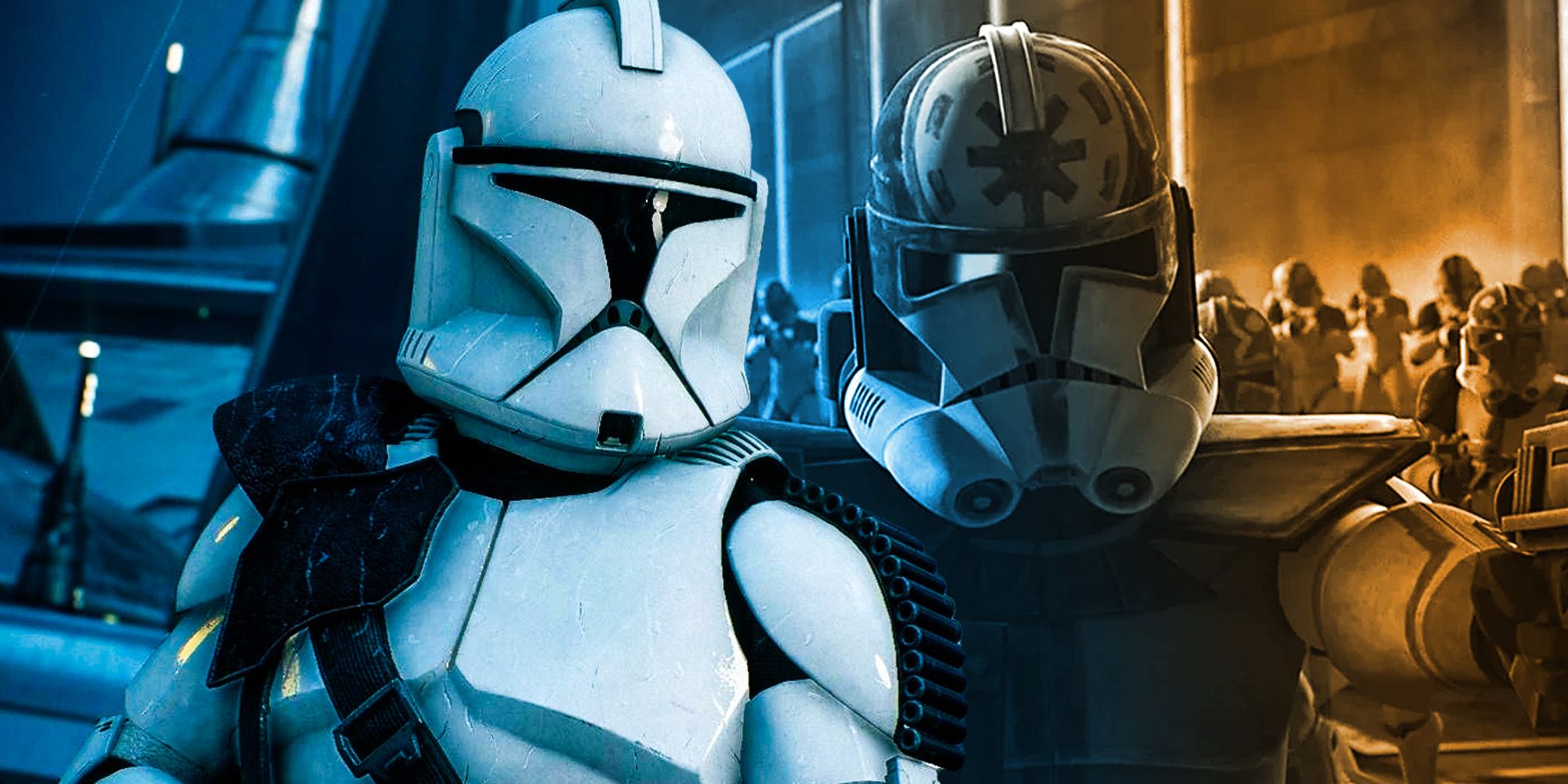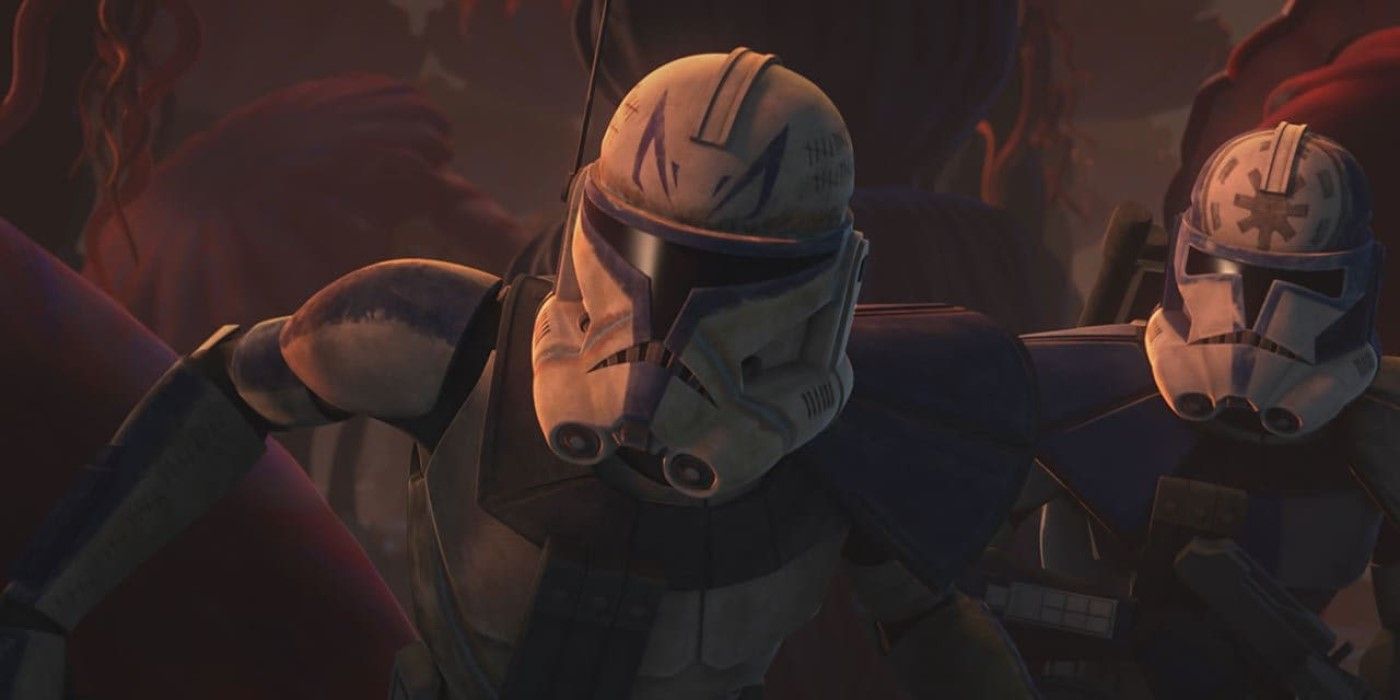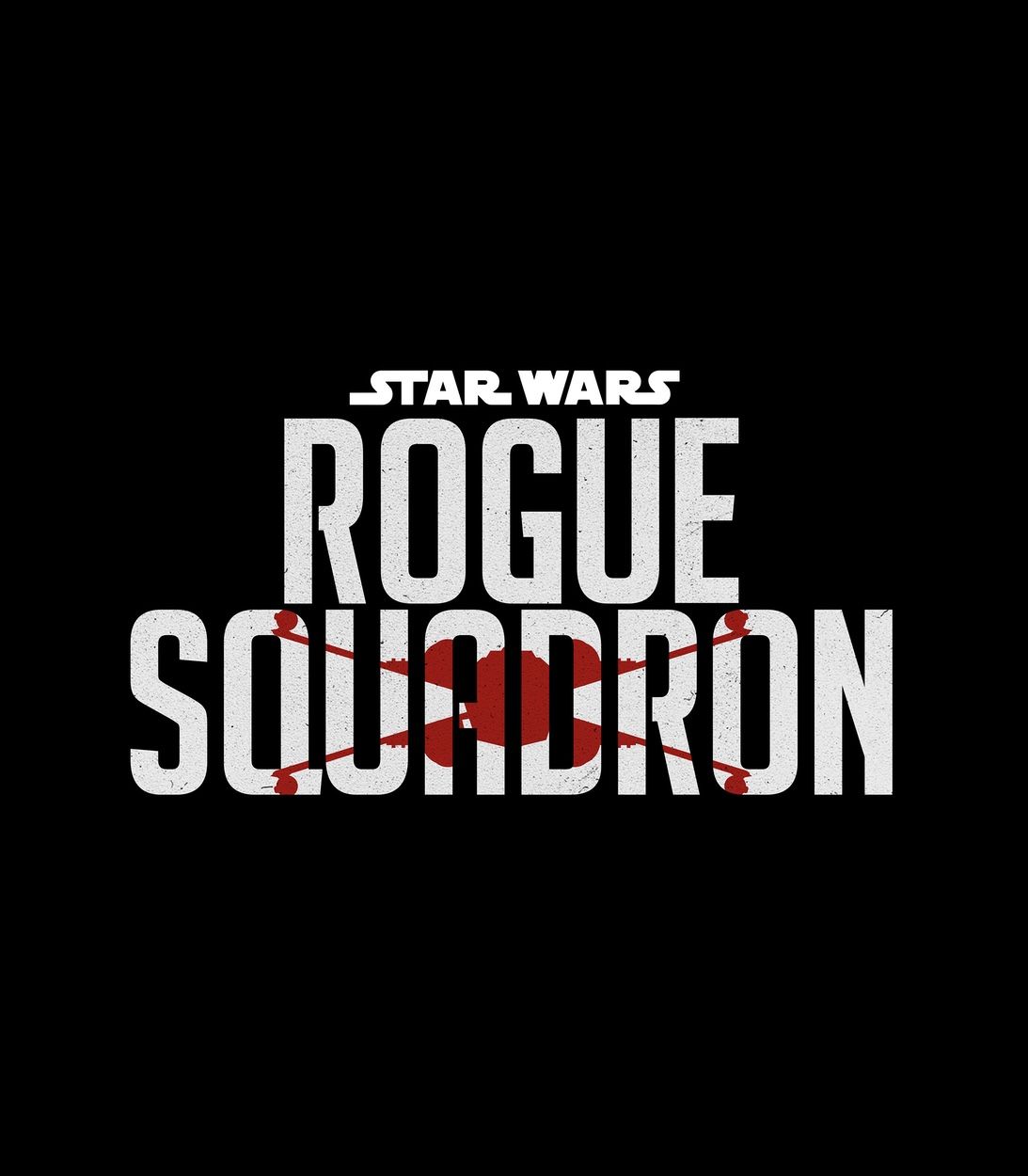Republic clone troopers are shown wearing two different sets of armor in the Star Wars prequel trilogy. Their successors, the recruited Imperial stormtroopers, use the same armor design for decades, so why do clone troopers go through two phases of armor throughout a three-year war, and what’s the difference between the two? Different answers can be found in-universe in both canon and the original timeline, Legends (formerly known as the Expanded Universe). There are real-world reasons for the two generations of armor as well, providing the clones with visual symbolism that highlights their heritage and the state of the Republic they fight for.
In Legends, the Mandalorian bounty hunter and clone template Jango Fett worked closely with the Kaminoan cloners to create the deadliest military force in the galaxy. Jango was heavily involved in the clones’ training and the design of their equipment. Phase I clone armor was a durable plastoid suit that protected against shrapnel, radiation, the vacuum of space, and all but armor-piercing blasters. Though it wasn’t made of beskar, it intentionally resembled Mandalorian armor, acknowledging the clones’ heritage. It wasn’t without its drawbacks, however, as it was heavy and uncomfortable to wear, particularly when sitting. Phase II clone armor was introduced after the first year of the war and was a vast improvement, with simultaneously lighter and stronger plating and no discomfort for the clones wearing it.
In canon, Phase II armor was a slight downgrade from its predecessor. According to Dave Filoni, many clones, particularly Captain Rex, preferred the craftsmanship of Phase I armor, finding the prefabricated Phase II suits to be of lesser quality. In later seasons of Star Wars: The Clone Wars, Captain Rex keeps the visor and other parts of his original Phase I suit, welding it together with the standard-issue Phase II armor. In Star Wars Rebels, Rex survives several direct hits from blaster bolts fired by battle droids in various states of disrepair, remarking on the Phase I armor’s durability. Moreover, while canon’s Phase I armor and both phases in Legends were fully equipped to be used in space, the canon version of Phase II armor lacked an onboard air supply, requiring clones to use an attachment.
The discrepancy between the two armors in Legends is explained by the Kaminoans being unfamiliar with human anatomy and thus crafting armor that, while effective, inconvenienced the clones who wore it. Phase II armor’s many improvements likely came both from feedback by the clones themselves and further advice from Jango Fett before his death. In canon, Phase II armor’s inferiority may have been the result of the Republic’s funds and resources waning as the war went on. In either continuity, however, both phases of clone armor proved superior to the armor worn by the Empire’s recruited stormtroopers. This was often the subject of mockery by an older Captain Rex in Rebels.
From a real-world perspective, the two phases of clone armor have a different meaning. Phase I armor, as seen in Star Wars: Episode II - Attack of the Clones, is aesthetically a mashup of the original Star Wars trilogy’s stormtrooper armor and the Mandalorian armor worn by Boba and Jango Fett. This demonstrates the Mandalorian heritage of the clone troopers while foreshadowing their eventual replacements. The Phase II suits seen in Star Wars: Episode III - Revenge of the Sith barely resemble Mandalorian armor, and are far closer to that of Imperial stormtroopers. Just as the past three years of war have brought the Republic to the brink of becoming the Empire, the clone troopers look even more like their authoritarian successors.



